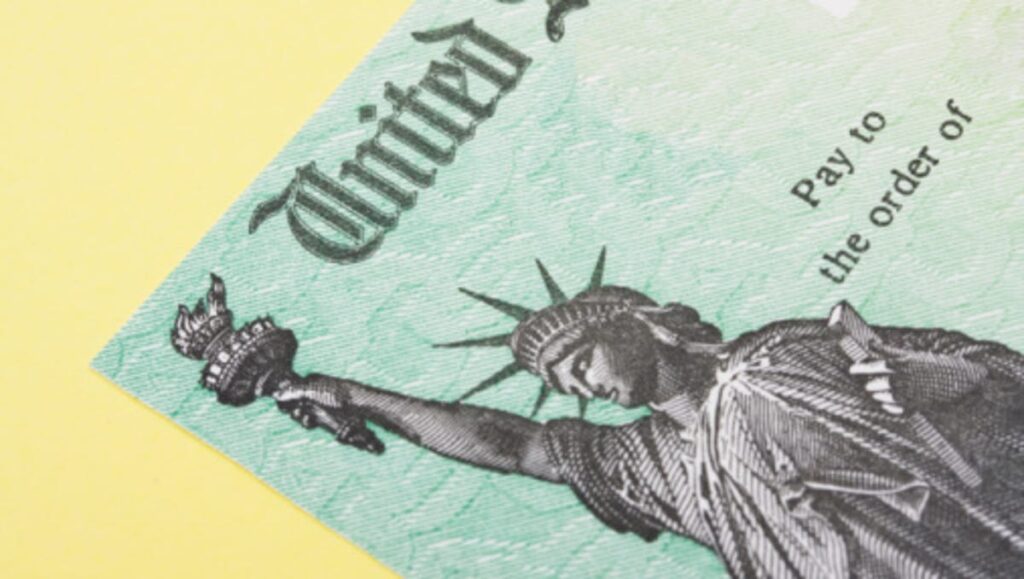Many Americans hesitant to file taxes amid IRS workforce cuts, survey finds
Think fewer IRS agents means you won’t get audited? Experts say think again.
Scripps News
This tax-return filing season might be the last time you send payments to the Internal Revenue Service using paper checks, or the last time you receive refunds on paper.
A Trump Administration executive order issued March 25 requires the use of electronic-payment options by late September, with the aim of improving efficiency and cutting fraud.
“This executive order signifies a significant shift in how the federal government processes payments, both incoming and outgoing, with a clear mandate to move towards electronic methods by Sept. 30, 2025,” said Ed Zollars, a Phoenix certified public accountant, in a commentary on the new order.
“For tax practitioners, this means preparing our clients for the near-complete elimination of paper checks for federal tax refunds and ensuring they have access to and understand electronic-payment options for remitting taxes.”
In addition, the order from the Trump Administration “underscores the ongoing importance of data security and the need to guide our clients in utilizing secure digital-payment methods,” Zollars added.
The White House claims Treasury checks are 16 times more likely to be reported lost or stolen, returned undeliverable or altered compared to transactions made using electronic funds transfers, while maintaining the “physical infrastructure and specialized technology for digitizing paper records” cost the government more than $657 million in 2024.
Effective Sept. 25, the order directs the Treasury Department, which includes the IRS, to stop issuing paper checks for all federal payments, including tax refunds, Zollars noted. Similarly, it requires that all payments to the federal government, including tax bills, should be processed electronically. “This transition aims to reduce costs, delays and the risks of fraud associated with paper checks,” Zollars said.
Still, the executive order acknowledges that certain exceptions might be necessary. For example, exceptions could be made for people without bank accounts or access to electronic-payment options. Also, paper checks still might be allowed for emergency payments where electronic payments would provide hardships, such as taxpayers affected by natural disasters.
Bob Kamman, a Phoenix tax attorney who prepares income-tax returns, said he encourages direct deposit and most people getting refunds use it. But he questions the need to pay the IRS only by electronic means.
“I have clients in their 70s and 80s who don’t own a computer, or even a cell phone,” he said in an email. “And some of those who do, have been scammed.”
Trump’s executive order mentions, as acceptable options for receiving payments, direct deposit and prepaid card accounts. It cites debit and credit cards as ways to make payments. In addition, the order cites the desirability of using relatively new methods, including digital wallets and real-time payment systems, to make or receive refunds.
Reach the writer at russ.wiles@arizonarepublic.com.
